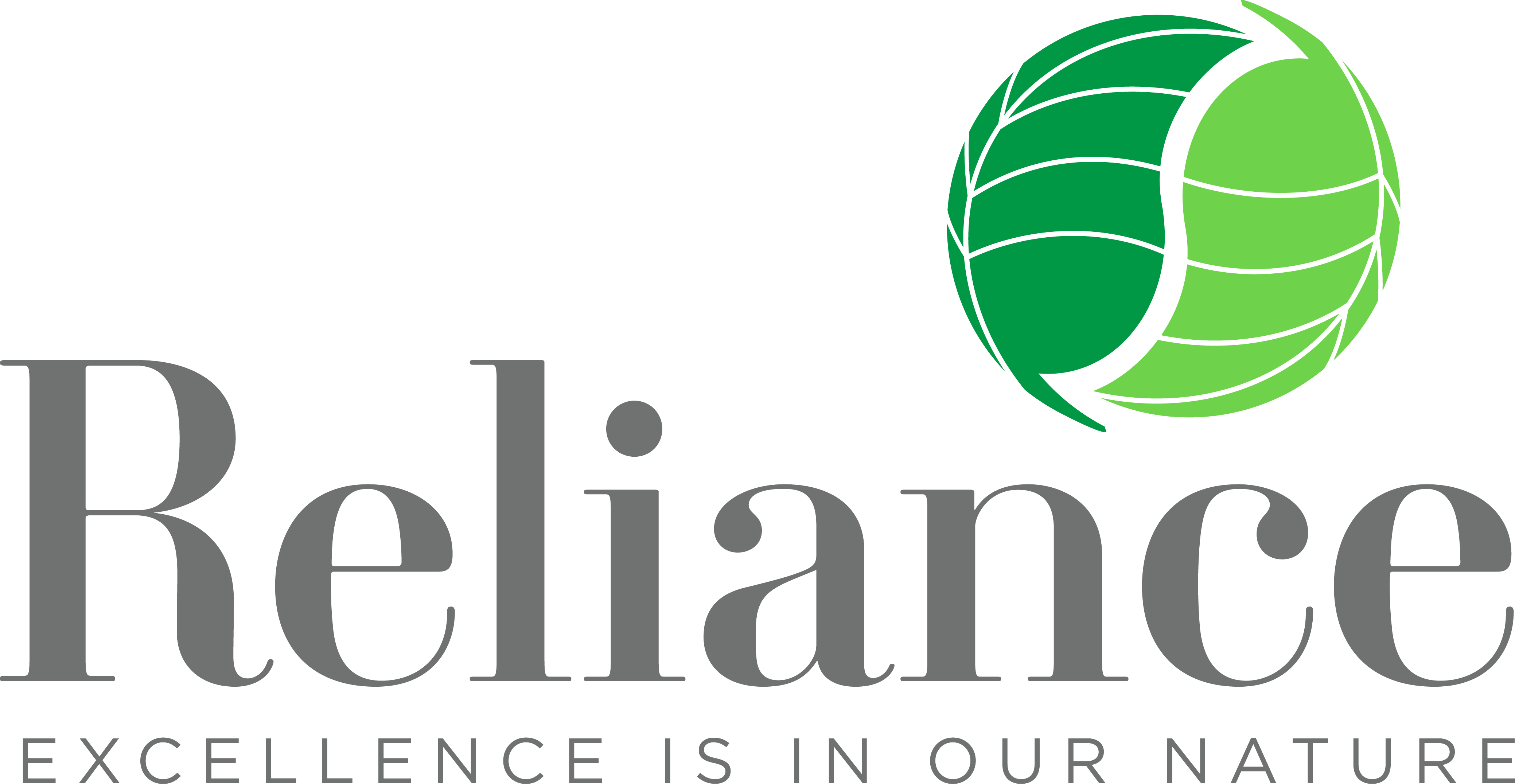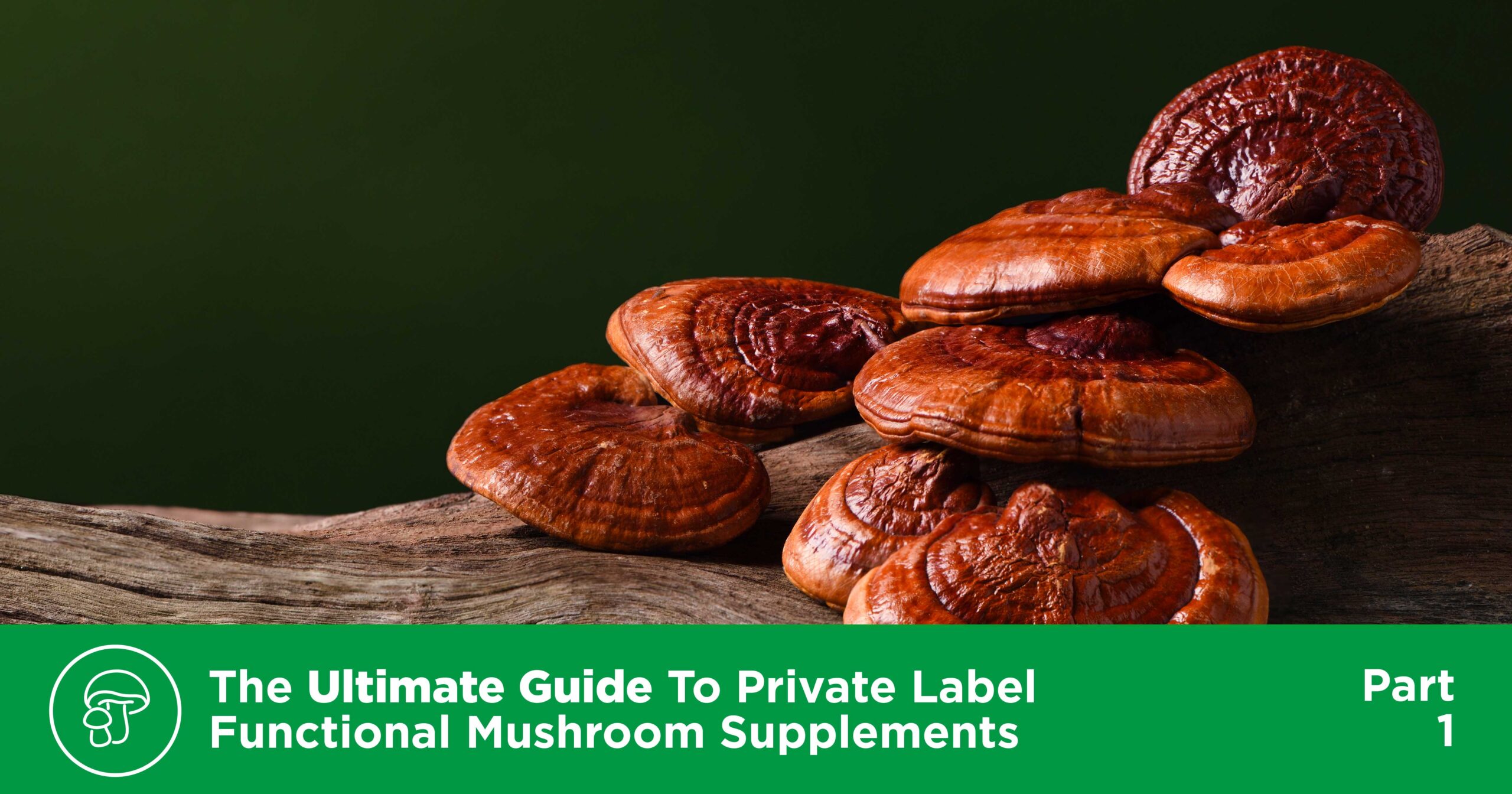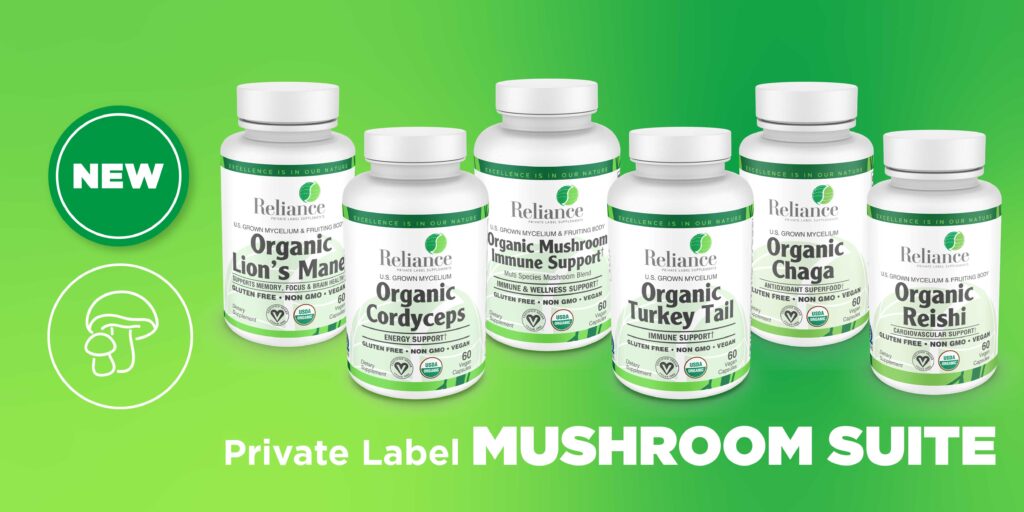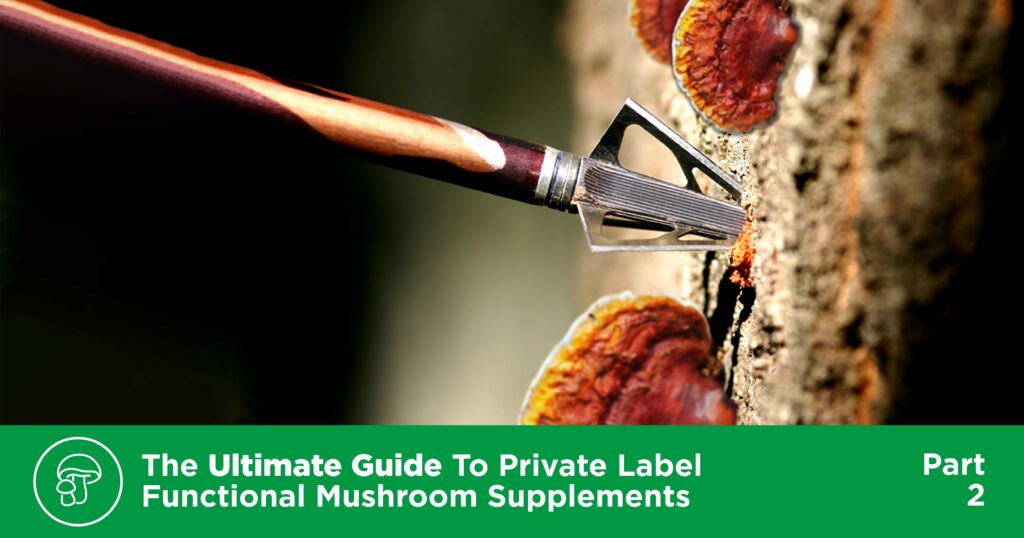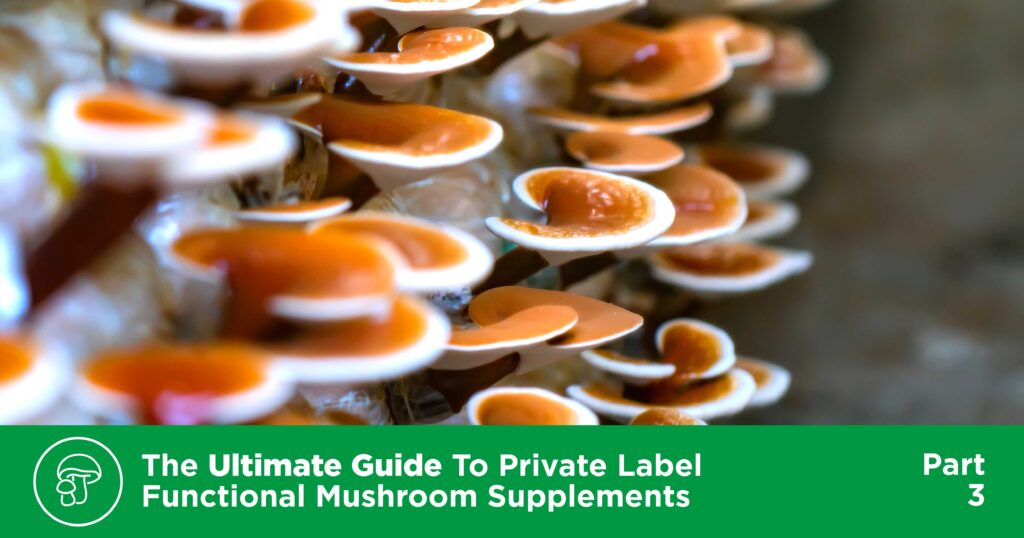This is part of our Ultimate Guide to Private Label Functional Mushroom Supplements, a complete overview of the health benefits of Functional Mushroom supplements, what makes them different from other types of supplements, why there is such consumer demand for them, and how they are made with transparent, high-quality manufacturing processes.
Most people have heard of “Otzi the Ice Man”. (He was thought to have lived around 3300 BC.) When he was discovered frozen in the ice, he was carrying two species of mushrooms. One was Tinder Fungus, a mushroom traditionally used to help start fires, and the other was Birch Polypore, a powerful medicinal mushroom known for its anti-parasitic, anti-inflammatory, and antibiotic properties. (Otzi was probably using this second, functional mushroom to rid himself of the whipworm he was found to have.) This shows us that for at least 5000 years, people were using mushrooms as medicine.
Although mushrooms have been used in this way for thousands of years in Traditional Chinese Medicine (TCM), Ayurveda, and other ancient cultural practices, we have only recently begun to appreciate their powerful superfood benefits here in the West. Especially since the pandemic, we have seen a definite shift in the way consumers are turning toward dietary supplements as a means to stay healthy, and one of the most sought-after products to deliver these benefits of health and wellness right now are functional mushrooms.
Functional Mushrooms
Mushrooms are a type of fungus. There are many different kinds of fungi, including molds and crusts, as well as more developed types that have a stalk and a cap. Fungi are distinct from plants because they do not possess chlorophyll, the green pigment that allows plants to manufacture sugar from the sun’s energy; they need to absorb their food from the environment in which they live.
Many scientists estimate the total number of species of fungi to be in the millions, though only approximately 140,000 have been described. While there are over 2,000 different species of known edible mushrooms, functional mushrooms are a unique, much smaller group of mushrooms that have been identified as containing health-boosting compounds. These specific types of mushrooms are packed with antioxidants, polysaccharides, and other unique compounds that science has shown may help provide cognition-enhancing, mood-boosting, immune-strengthening, stress-relieving, and anti-aging benefits, among others.† They also act as potent adaptogens.
Adaptogens
Adaptogens are another class of natural substances we have recently become familiar with in the West that has been used in other parts of the world for centuries. These extracts are derived from herbs, flowers, plants, and mushrooms and are unique because they help our bodies deal with stress and illness in a very non-specific way. They help us adapt, if you will, providing our body and mind with exactly what they need to get back into balance. Certain mushrooms, such as Reishi and Cordyceps, have a long history of use as adaptogens and are often taken on a consistent basis to maintain their full benefit.
Although these “functional mushrooms” might sound kind of magical – they can be found growing in dense, misty forests, on damp, fallen logs, or even coming out of the head of a caterpillar, high on the Himalayan plateau – they are not psychedelic. Those “magic mushrooms” are very different than the types of mushrooms you will find in dietary supplements and functional foods!
Each of these functional mushrooms offer distinct benefits for health and wellness, and when it comes to their inclusion in dietary supplements, not all mushroom formulas are created equal. In order to provide a beneficial dose of their health-imbuing properties, the supplement must contain high concentrations of the parts of the mushroom that offer the most therapeutic bio-compounds – namely, mycelium and fruiting body.
Mycelium & Fruiting Body
On some functional mushroom dietary supplement products, the label will list either “mycelium”, “fruiting body”, or both as the source of the mushroom. This is a good thing! These are the parts of the mushroom that contain the active compounds responsible for providing health benefits.
Mycelium – The Mushroom Internet
The mycelium lives below the surface, and is not a visible part of the mushroom. It is essentially the root system of the mushroom, located underground or within the texture of the host (a plant, tree, fallen log, etc). This web of mycelial fibers produces and supports the fruiting body, and grows into a complex underground network that is formed when the mycelium produces special enzymes that break down the decaying organic plant matter around it (such as wood, logs, and leaves) to feed on. Mycelial networks can live for thousands of years and can be extremely vast. (In fact, the largest organism on earth is a mycelial network of Honey Mushroom in Eastern Oregon that is over 2,000 years old and expands over 2,000 acres!) The mycelium can also remain dormant under the ground for many seasons, similar to the roots of plants.
The Fruiting Body – The Mushroom We See
In the right environmental conditions, the mycelium will produce its fruiting body, the mushroom. This is the part of the mushroom that we see growing above the ground and is what we typically think of when we picture a mushroom – the mushroom stem with its little “hat”, or cap. The mushroom’s fruiting body may also contain a ring, volva, and gills – it is the reproductive system of the mushroom. When the mushroom is mature, it produces spores that are released into the air, spreading into the environment and, eventually, germinating into more mushrooms.
Both the mycelium and the fruiting body have a role to play in the life cycle of a mushroom, and they also provide their own unique health benefits. For example, the mycelium often contains beneficial nutrient compounds that are not found in the fruiting body. It also contains organic matter (known as the mycelial biomass) that is made up of the mycelium along with the supporting substrate it is feeding on that includes extracellular compounds such as enzymes, polysaccharides, and protective secondary metabolites that may provide additional health benefits. On the other hand, the thick walls of the fruiting body contain prebiotic fiber that may be beneficial for gut health, as well as other vital nutrients such as protein, vitamins, and minerals.† It also contains bioactive compounds such as polysaccharides, polyphenols, and carotenoids that have been shown to possess antioxidant and anti-inflammatory properties.
In the case of some mushroom species, such as Lion’s Mane, it is the combination of mycelium and fruiting body that will provide the most benefits. Lion’s Mane is known for having nutrients that support nerve health and brain function, and to promote nerve growth factor (NGF) within the central nervous system.† Research has shown that the greatest NGF support occurs when compounds from both the fruiting body and the mycelium of the Lion’s Mane mushroom are combined.
Mushroom varieties such as Reishi, Shiitake, Maitake, Lion’s Mane, Turkey Tail, Chaga, and Cordyceps are the most recognized for the powerful health benefits they provide.
The Health Benefits of Functional Mushrooms
Beta–Glucans
The multitude of health benefits provided by functional mushrooms are derived from their active compounds, and some of the most important of these key compounds are called beta-glucans. Beta-glucans are polysaccharides that occur naturally in the cell walls of functional mushrooms and are the main part of the mushroom (fruiting body) that is responsible for the immune-modulating effects these mushrooms provide. Additionally, current research shows that beta-glucans can help to reduce inflammation, aid in obesity and metabolic syndrome, and help lower LDL cholesterol levels, as well as providing many other benefits.†
Several species of mushrooms provide important health benefits. The term “functional mushroom” specifically refers to these varieties that have a health benefit beyond providing nutrition when eaten. Here are some of the most well-researched functional mushrooms:
Reishi
Reishi is one of the functional mushroom species that acts as an adaptogen, and has been an integral part of Traditional Chinese medicine (TCM) for over 2,000 years. Reishi mushrooms grow throughout the world, primarily on hardwood trees, and are becoming increasingly popular in western countries as complementary medicine for cardiovascular health, as they have been shown to promote improve blood circulation and reduce cardiovascular risk factors, among other benefits.†
Chaga
Chaga mushrooms grow primarily on birch trees in colder climates and are highly adaptable to environmental extremes which encourage the release and concentration of immune responsive compounds, antioxidants, and various phytochemicals needed for its continued survival. Chaga mushrooms are considered to be a nourishing “superfood” for their immune-modulating, anti-inflammatory, and antioxidant activities.†
Cordyceps
Cordyceps mushrooms are different than many others in that they are parasitic fungi. They grow all over the world, infecting insects as their host. Cordyceps supports an increase in the number of red blood cells, which transport oxygen and carbon dioxide to and from tissue, enhancing physical endurance and resistance to oxidative stress during exercise.† This mushroom has been used in China for thousands of years by royal and elite families as a tonic for energy, vitality, endurance, and to support a healthy immune system.
Lion’s Mane
Lion’s Mane mushroom was traditionally used by Buddhist monks to help them maintain their focus while meditating for long periods of time. This species of mushroom, in particular, has become sought after as a popular and effective nootropic supplement, helping to help enhance memory function and improve focus and concentration.† Sometimes referred to as the “Mushroom of the Gods”, Lion’s Mane grows on trees in an amazing, cascading display that looks similar to a large, white, lion’s mane.
Shiitake
Shiitake mushrooms have also been used for a long time as a part of Traditional Chinese Medicine. This mushroom grows naturally on decaying hardwood trees and is a valued superfood, containing a variety of vitamins, minerals, and the 9 essential amino acids. In Chinese medicine, shiitake mushroom is thought to boost health and longevity as well as improve circulation. This species of mushroom has one of the highest amounts of natural copper, a mineral that supports healthy blood vessels, bones, and immune support, and is rich in polysaccharides and other beta-glucans. These compounds protect against cell damage, helping to support the immune system and boost white blood cell production.†
Turkey Tail
Turkey tail mushroom is well-known for its ability to promote immune system health.† Found growing on dead trees and fallen logs in woodlands throughout the world, Turkey Tail is one of the most documented mushrooms in scientific research, and receives its name because its rings of brown and tan look like the tail feathers of a turkey. Turkey Tail contains an impressive array of antioxidants, including phenols and flavonoids – it actually contains one of the highest amounts of beta-glucans of all mushrooms! In fact, one study detected over 35 different phenolic compounds in a sample of turkey tail mushroom extract, along with the flavonoid antioxidants quercetin and baicalein. Phenol and flavonoid antioxidants have been shown to promote immune system health by reducing inflammation and stimulating the release of protective compounds.†
Maitake
In Japanese, Maitake can be directly translated into “dancing mushroom”. This is because the Japanese believe if you find this mushroom in the wild, you will dance for joy. Maitake has a circular cluster of wavy caps and grows in shelf-like formations at the base of hardwood and softwood trees. It is rich in vitamin D and bioactive polysaccharides – including beta-glucans – that have well-documented immune-enhancing properties.† This species of mushroom also works as an adaptogen, helping the body to maintain a healthy stress response and natural balance.†
King Trumpet
King Trumpet mushrooms are native to the Mediterranean, North Africa, and the Middle East. They are full of health-supporting nutrients, such as antioxidants and polyphenols, and have especially high levels of ergothioneine, an antioxidant found in the mushroom’s mycelium and fruiting body that may help to reduce damage from free radicals and oxidative stress.† L-Ergothioneine is an unusual sulfur-containing derivative of the amino acid histidine that the human body is not able to make, therefore, it must be obtained through the diet. It has been shown to play a beneficial role in the augmentation of oxidative stress, inflammatory responses, and cell death.†
Royal Sun
Royal Sun mushrooms were first discovered in Brazil, where the native cultures prepared them in tea for medicinal purposes. In addition to the beta-glucans found in most medicinal mushrooms (1-3), Royal Sun also contains unique 1-6 beta-glucans. This combination may be responsible for the profound immune-modulating health benefits research has discovered in the Royal Sun species.
The Right Time For Private Label Functional Mushroom Supplements
As consumers are increasingly turning toward supplements and other natural alternatives for preventative wellness, there exists a high demand for safe and natural immune-supportive health products. Mushrooms that provide immune support and other health and wellness benefits are at the top of the list for growth, with a variety of mushroom species as a whole rising to become the eighth-top-selling ingredient in the U.S. natural channel over a one-year period. It’s the perfect time to get started with private label functional mushrooms.
➤ Learn More About the Huge Market Growth in Functional Mushroom Supplements

†These statements have not been evaluated by The Food and Drug Administration. This product is not intended to diagnose, treat, cure or prevent any disease.
.indent { margin-left: 25px; } img { max-width: 100%; height: auto; }